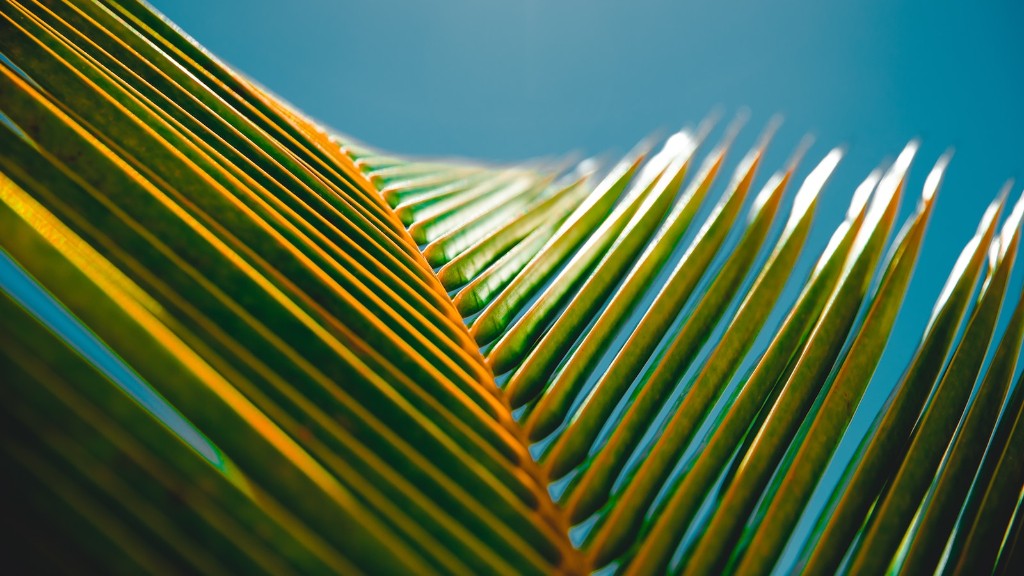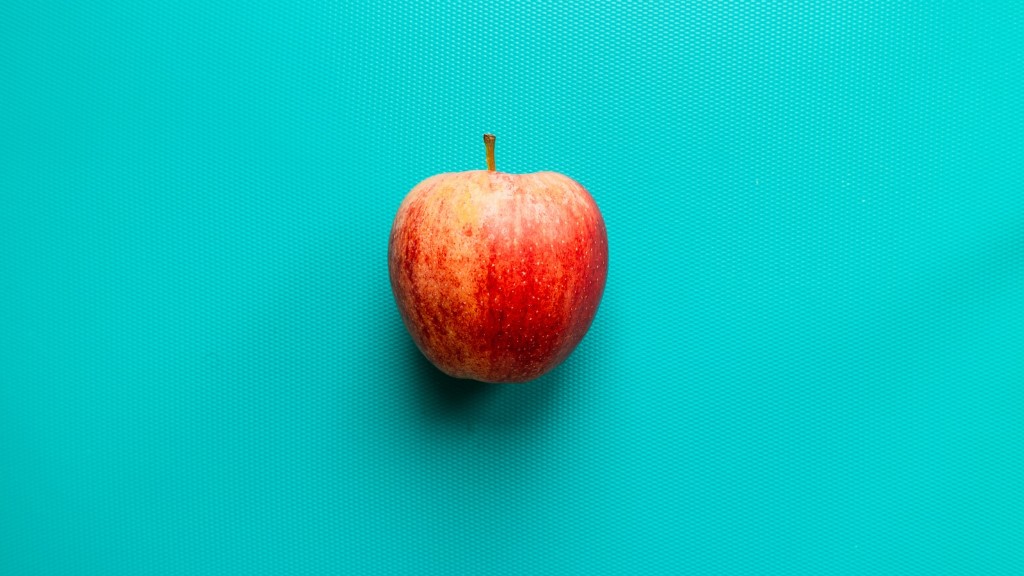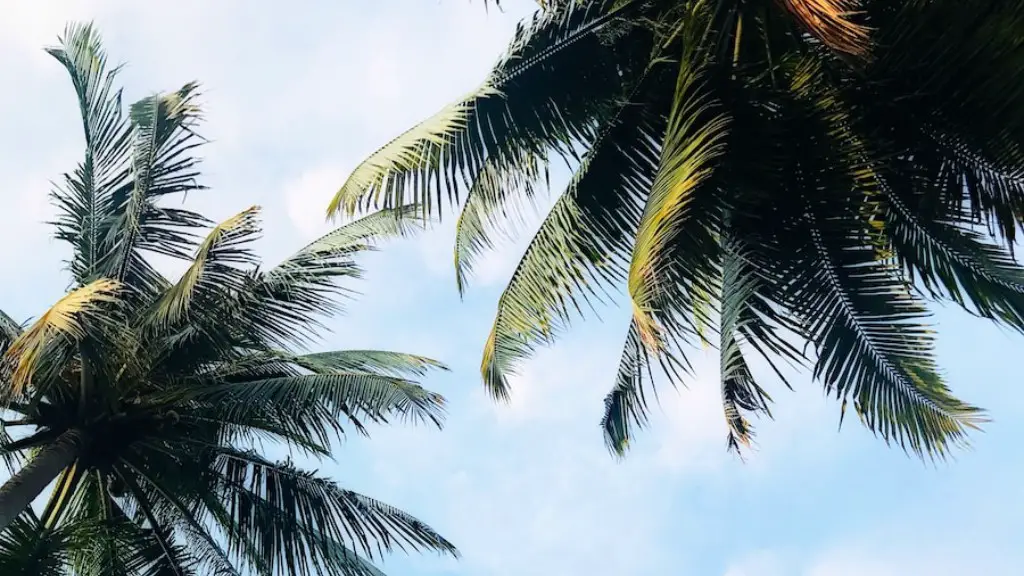Origin of Avocado Tree
As far back as 1,000 BC, avocado trees have been grown in Central Mexico. Native Peruvians were also cultivating avocados from as early as 500 BC. Since then, avocado cultivation has increased dramatically in many countries including Peru, Columbia, Mexico, and California in the United States. As of today, Mexico is the largest producer of avocados and accounts for nearly half of the world’s avocados.
Avocado trees thrive in warm weather and can grow in a variety of soil types. They grow best in rich, loamy soil with pH levels between 5.5 and 7.5. Avocado trees can tolerate temperature fluctuations, but prefer temperatures between 65 and 85°F (15-29°C).
Advantages of Growing Your Own Avocado Tree
Growing your own avocado tree comes with numerous benefits. Firstly, it is cheaper than buying avocados from the store, since most avocados shipped from Mexico can cost up to $2 each. Plus, you can harvest your own avocados as soon as they are ripe and enjoy the freshness for several days.
Another benefit is you can enjoy the satisfaction of watching your tree grow from a seedling to producing delicious fruit. Additionally, avocado trees are fairly low maintenance and require little pruning if planted in the right location.
How to Plant An Avocado Tree
The best way to start a new avocado tree is to choose a seed or pit from a ripe avocado. You can purchase seeds or pits online or harvest them yourself from a ripe avocado. Once you have the seed or pit, carefully nose into it and twist until the seed can be removed.
Once you have the seed, you can grow it in water over a number of weeks or plant it directly into soil. To plant in soil, use a pot filled with potting soil or garden soil. Place the seed in the soil with the flat end facing down and cover it with one inch of soil. Water the seed regularly and give it plenty of sunlight.
Caring for Your Avocado Tree
To keep your avocado tree healthy, it is important to give it the proper nutrition, water and sun exposure. Avocado trees require full sun exposure, preferably six to eight hours of sunlight a day. In terms of nutrition, the avocado tree will benefit from the addition of mineral-rich fertilizer. Water your avocado tree regularly, roughly once a week and ensure the soil has good drainage.
Harvesting from Your Avocado Tree
If you have done all the work of taking care of your avocado tree, you will be rewarded with fruit that can be consumed as early as nine to 12 months after planting. Avocados can be harvested when they reach a ripe, green or black color. You can pick the fruit when it is ready or you can keep a watch on the ripening process.
Diseases and Pests That Affect Avocado Trees
Avocado trees are prone to a variety of diseases and pests. Avocado root rot, black spot, and anthracnose can reduce the productive capacity of the trees while root rot, avocado mite, and whiteflies can significantly damage the plant and fruit. Regularly inspecting the tree for signs of infestation can help detect any problems early on.
Natural Alternatives For Controlling Diseases And Pests
The most effective way to fight off diseases and pests is to ensure your tree is healthy. Proper water, nutrition, and sun exposure are great preventative measures. Additionally, you can add items like neem oil or sulfur to your regularly fertilizer mix to repel various pests.
Precautions and Safety Measures To Consider
When caring for an avocado tree, safety should be the priority. Fertilizer, pesticides, and other chemicals should be used with extreme caution. Gloves, eye protection, and long-sleeved shirts are must when dealing with these substances.
It is also important to be aware of any hazards that may exist with the tree, such as any fruits that are rotting on the branches or branches that may fall. Additionally, ensure to keep pets and small children away from the tree. Finally, be sure to supervise when picking fruit from the tree to ensure the safety of both the tree and the pickers.
Using Avocado Trees As Landscaping Features
Besides harvesting the fruit of your avocado tree, they can also be used as ornamentals or as a landscaping feature. Dwarf varieties of avocado, such as the ‘Little Cado’ and the ‘Zutano’, can be grown in containers and do very well indoors.
This is a great way to enjoy the beauty of the tree without the hassle of its fruit. Another great option is planting a seedling in the ground in a bed of colorful flowers. The bright flowers are a beautiful complement to the lush foliage of the avocado tree.
Pruning and Training Your Avocado Tree
Avocado trees should be pruned regularly to ensure a healthy and productive tree. Pruning encourages new growth and can help reduce the risk of disease. It is important to remember that avocado trees can become top-heavy and should be pruned and trained to maintain an upright structure.
Preserving Avocados After Harvest
Once the avocados are finally ready for harvest, you may want to preserve them for future use. To prevent the avocados from drying out, storing them in a cool, dark place is essential. Additionally, you can wrap the fruits in kitchen paper or store them in even-seal plastic bags. Ripe avocados can be stored in the fridge and will last up to eight days.
Composting Avocado Seeds
Not only can the fruit of the avocado tree be consumed, but the seeds can also be composted. Place the seed in a compost bin and top it with a layer of soil. Keep the soil moist by watering it regularly and within three weeks the seed will sprout.
Varieties Of Avocado Trees
There are a variety of avocado trees that can be grown. The most popular types are Haas and Fuerte. Other subspecies of the avocado tree include: Bacon, Pinkerton, Zutano, Ettinger, and Gwen. Each variety of avocado tree comes with its own unique characteristics.
Harvesting Avocado Tree Seeds
When harvesting avocado tree seeds, it is important to be mindful of the size. There are three sizes to choose from: small, medium, and large. Depending on the type of avocado tree, seeds should be harvested when the fruit is ripe. The larger the seed, the higher the quality of the avocado tree.
Conclusion
Growing your own avocado tree is a rewarding experience and comes with many benefits. Understanding the needs of the tree and knowing the best way to plant and take care of it helps increase the chances of success. As long as you are mindful of the dangers and take necessary precautions, you can enjoy the harvest of a delicious avocado tree in your own backyard.


